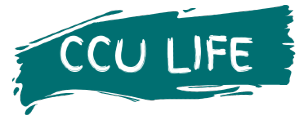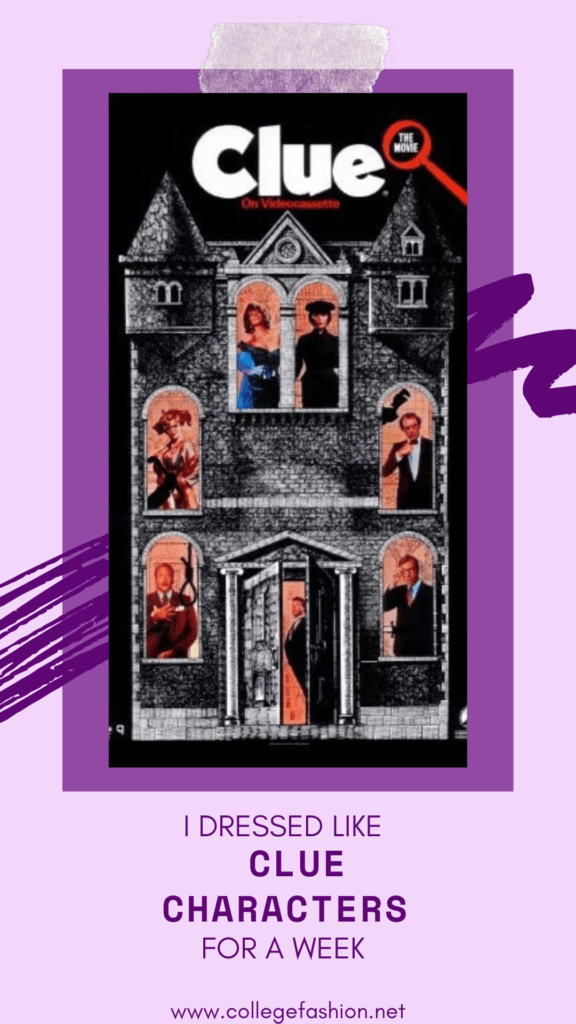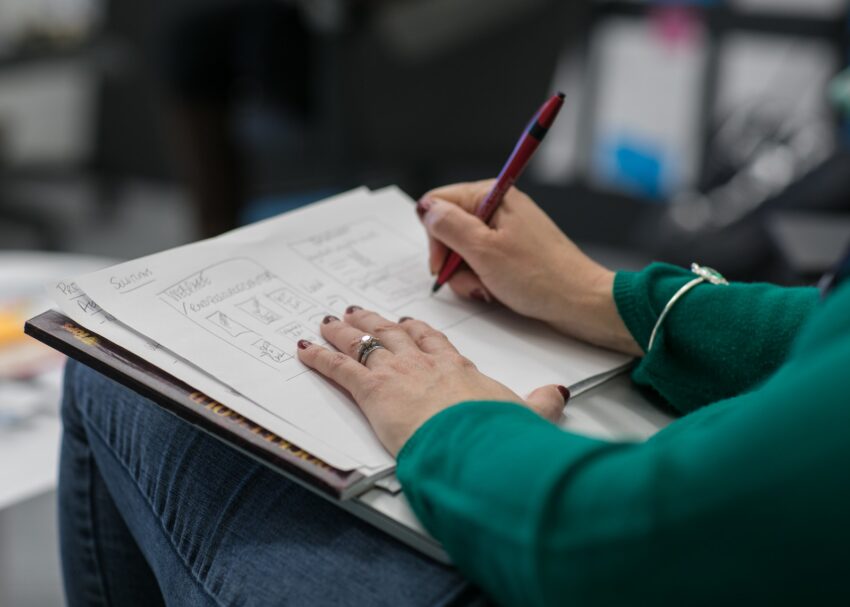Why do creative individuals often display unique behaviors that set them apart from others? Researchers have long been on a quest to unravel the mystery of the personality traits that define creative and innovative people. The answer to this challenging question lies within the Personality system called the Big Five, with a reliable free test available at from the Psyculator platform. Contrary to common stereotypes, there is now scientific evidence shedding light on how creative individuals think.
In the realm of personality assessment, there are various tests and classification systems, but not all enjoy the same level of respect in the scientific community. While some tests are taken lightly, such as the “Which Harry Potter character are you?” quiz, others, such as the Myers-Briggs Type Indicator (MBTI), have faced skepticism from the scientific community. However, one personality testing system that has gained widespread acceptance among psychologists is the Big Five, also known as the Five-Factor Model (FFM) (Costa & McCrae, 1992a).
The Big Five model evaluates individuals based on their preferences for specific situations, emotions, and behaviors across five primary traits, often referred to as the “Big Five” traits:
- Openness to Experience: This trait reflects how one responds to new information, ideas, and experiences.
- Conscientiousness: Measures one’s approach to achieving goals and maintaining focus.
- Extraversion: Quantifies the extent to which external stimuli provide positive energy.
- Agreeableness: Assesses how one interacts and behaves in group settings.
- Neuroticism: Examines how an individual experiences and processes negative emotions.
This model is sometimes referred to as the O.C.E.A.N. model, representing the initial letter of each trait. To determine an individual’s personality profile, a survey is administered in which respondents express their agreement or disagreement with various statements related to these traits. The results position individuals on a spectrum for each of the five traits, with no absolute right or wrong answers, as every point on the spectrum is considered valid.
For those interested in exploring their own personality profile, numerous free online tests are readily available. The Big Five traits have withstood rigorous scientific scrutiny and are widely embraced by researchers, forming the basis for numerous studies aimed at uncovering the connection between personality and creative performance.
Specific tests have revealed positive correlations between traits like Extraversion and Creativity, while negative correlations have been observed between Neuroticism and Conscientiousness and creative performance. Nonetheless, among all five traits, only one exhibits a significant positive correlation with creative performance, particularly in divergent thinking tests: Openness to Experience.
Multiple research studies have consistently affirmed this strong association between Openness to Experience and creativity (1978, 1987, 2006, 2009). A 1998 meta-analysis, which included 83 research studies, found that Openness to Experience had the most robust positive correlation with creativity, while Neuroticism and Conscientiousness had the most pronounced negative correlations.
Furthermore, an exploration of more subtle personality traits revealed that creative individuals often possess characteristics like autonomy, introversion, receptivity to new experiences, a penchant for questioning norms, self-confidence, self-acceptance, ambition, dominance, a degree of hostility, and impulsiveness.
Upon closer examination of the facets that make up Openness to Experience, it becomes evident why this trait is closely connected to creativity. Openness encompasses six facets:
- Active imagination (fantasy)
- Aesthetic sensitivity (appreciation of the arts)
- Attentiveness to inner feelings
- Preference for variety (adventurousness)
- Intellectual curiosity
- Challenging authority (psychological liberalism)
Individuals with a high degree of Openness are more likely to exhibit intrinsic motivation, a potent predictor of engaging in creative endeavors. Consequently, engaging in activities that expose individuals to new experiences or knowledge can boost their creativity. Whether it’s through travel, unexpected events, or the acquisition of new knowledge, such experiences can nurture creativity.
It’s essential to acknowledge that while Openness to Experience is positively correlated with creativity, it isn’t the sole factor influencing creative performance. A literature review conducted in 2006 identified other crucial factors, such as intelligence and domain knowledge, which also exhibit strong correlations with creativity.
The Creative Personality
While we acknowledge the importance of being open to new experiences, it’s vital not to limit creativity to just this particular personality trait that is commonly attributed to creative individuals. Mark Runco, in his comprehensive review of the most recent research on creativity, has outlined a set of personality characteristics that are typically favored by highly creative individuals. These include:
- Autonomy
- Adaptability
- A preference for complexity
- Openness to new experiences
- Sensitivity
- Playfulness
- Tolerance for ambiguity
- Willingness to take risks and tolerance for uncertainty
- Intrinsic motivation
- A balance of masculine and feminine traits (psychological androgyny)
- Self-confidence and self-efficacy
- A wide range of interests and curiosity
In summary, while being open to new experiences is a significant personality trait associated with creativity, it should not be regarded as the exclusive defining feature of creative individuals. Mark Runco’s synthesis of the latest research on creativity reveals several other traits that highly creative people tend to exhibit. For a comprehensive understanding of creative potential, it is advisable to incorporate the Big Five personality model alongside other assessment tools.




















Hello!! Welcome to CCU Life
the lifestyle, college and fashion blog for Coastal Carolina University students, covering everything in school and life.